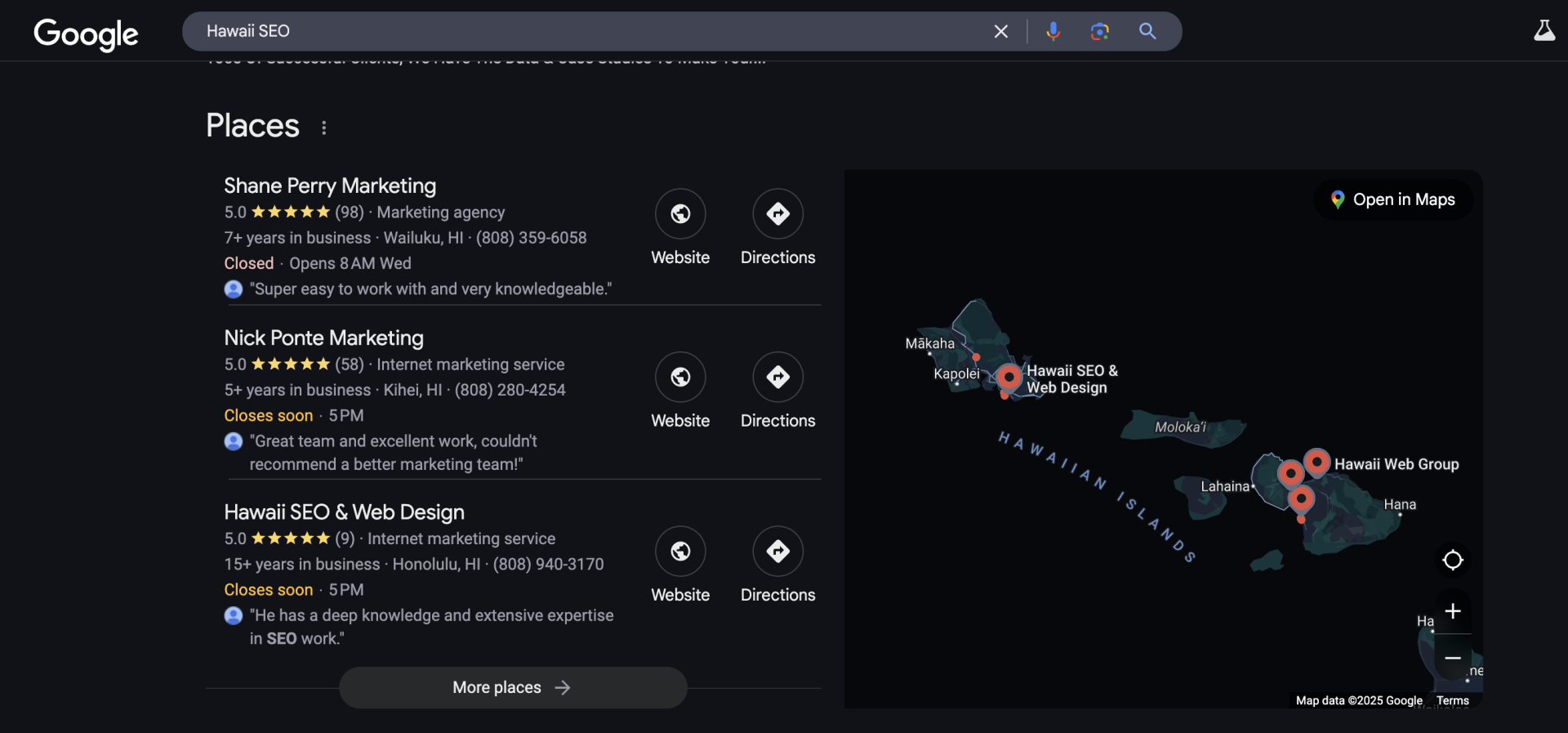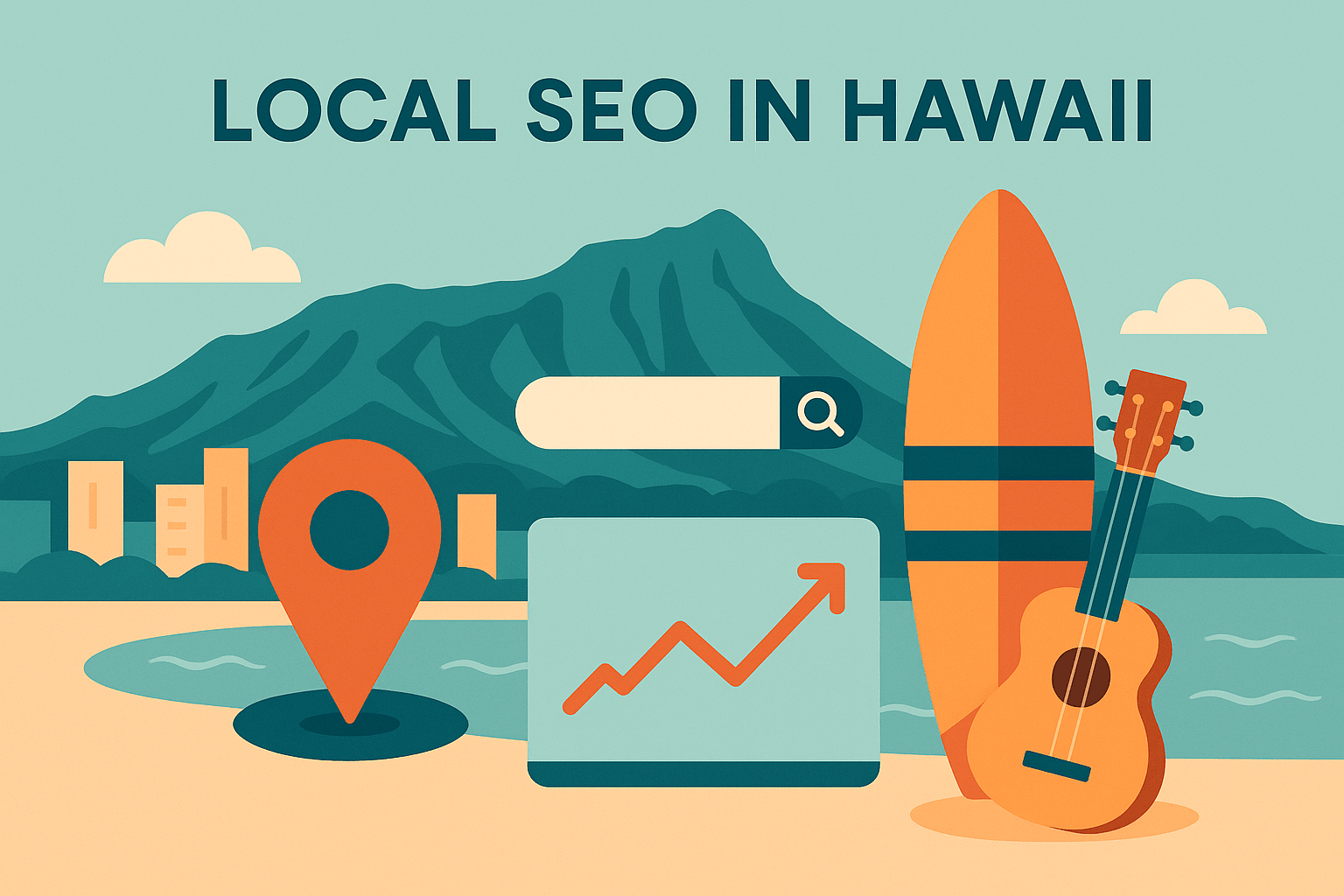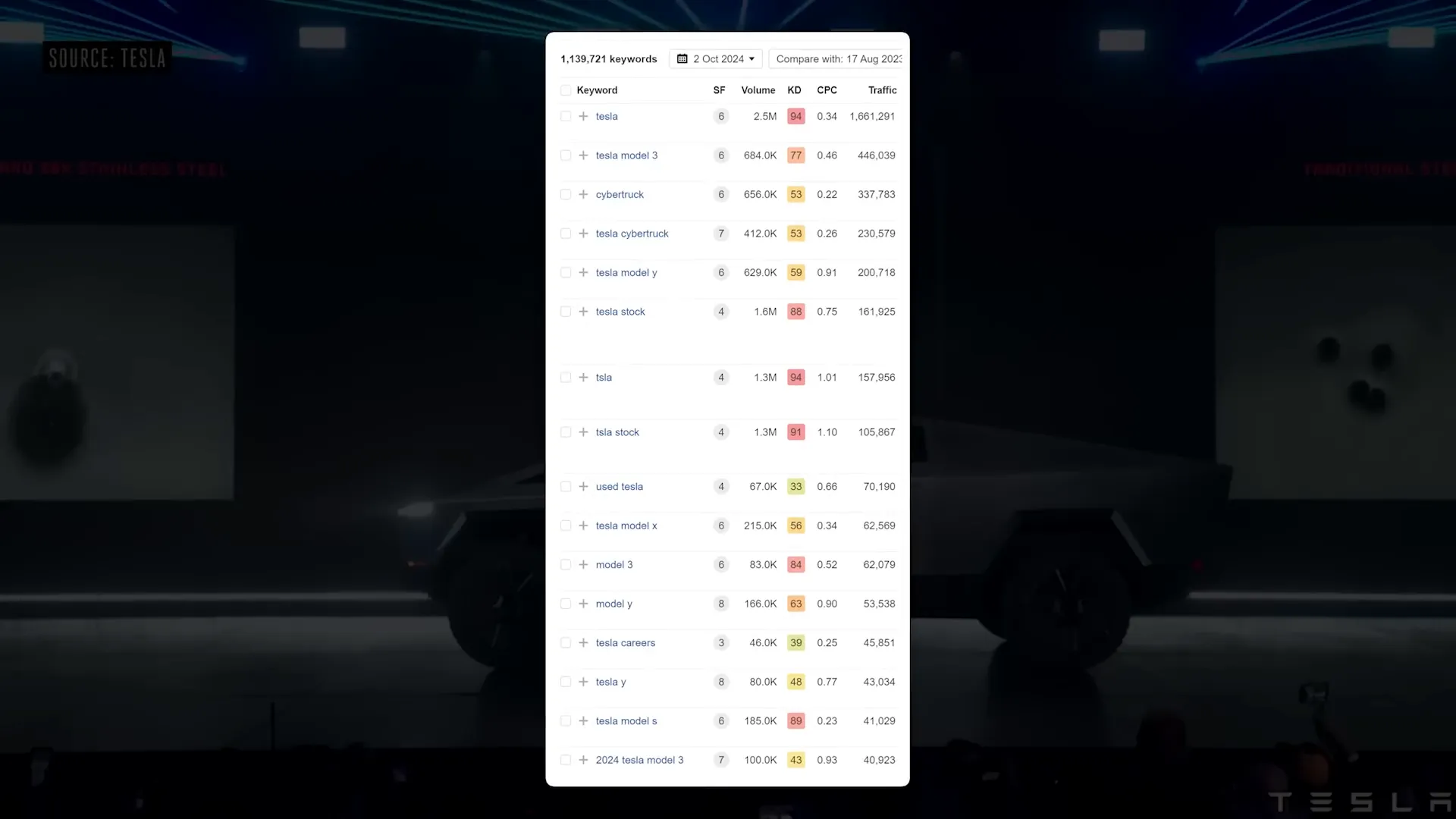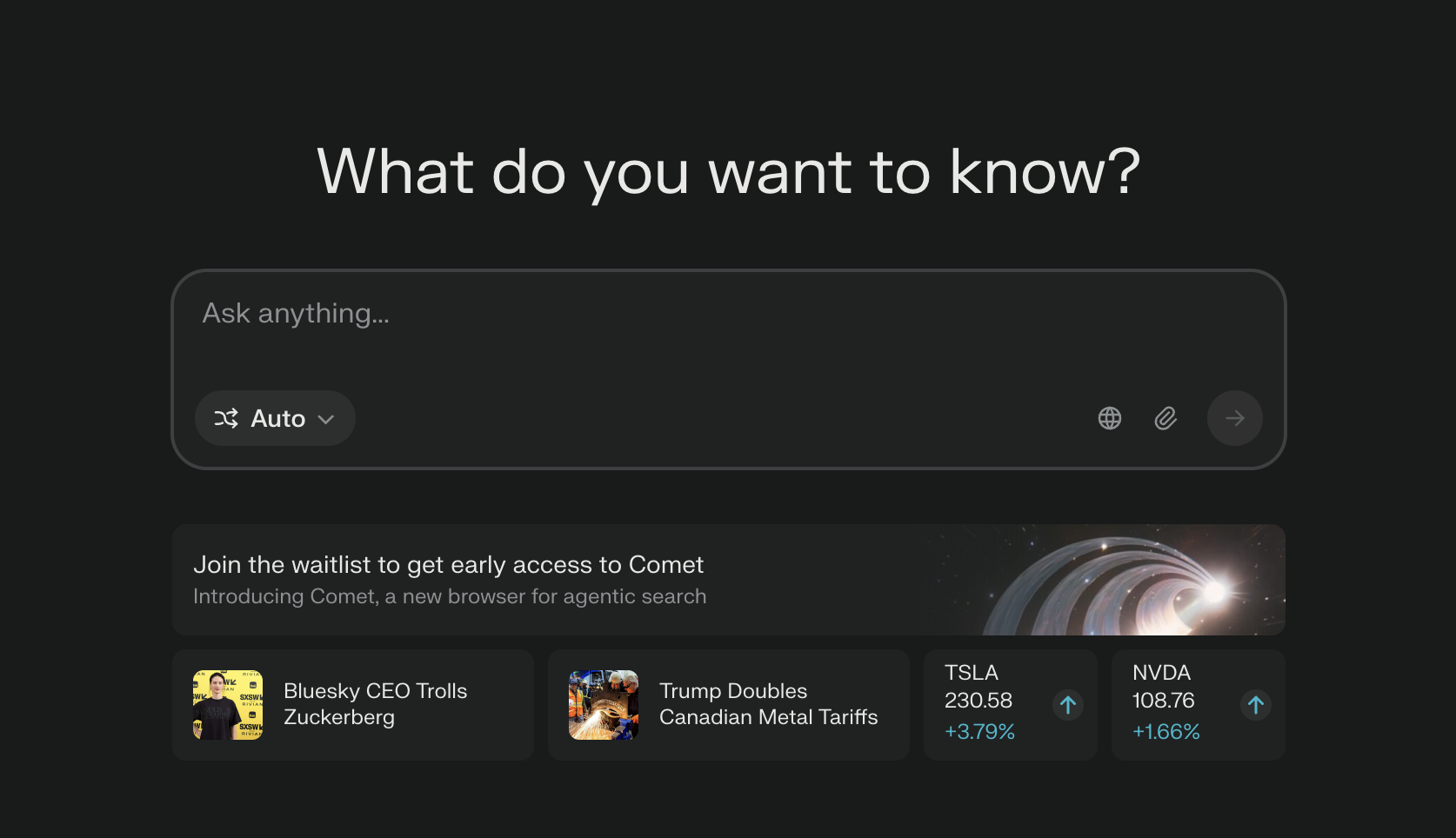TL;DR: AI search shifts attention — not the value of SEO. Focus on earning the scroll, human-first content, cross-channel measurement, and experiments that prioritize engagement-to-conversion, not just clicks.
Table of Contents
- Why I’m writing this
- What was discussed at BrightonSEO
- What was tested or demonstrated
- What went right
- What went wrong (or was missing)
- What I would do differently
- Practical tests I’d run this quarter
- Strategic checklist — what you should do now
- Final thoughts
- Is SEO dead because of AI search?
Why I’m writing this
I was on the BrightonSEO floor with SE Ranking and Aaron Sparks, and the conversation I heard was blunt: “Clicks are dying.” That’s a scary soundbite, but it’s not the whole story. I want to unpack what I heard, what it means for marketing teams, and what I would change if I were running these experiments or advising clients.
What was discussed at BrightonSEO
Speakers and attendees are wrestling with the same reality: search is fragmenting. Social and short-form video have taken a huge chunk of attention. AI chat interfaces are pulling users into conversational results. Chrome and Google have more personalization signals than ever — “Chrome knows so much about me,” as one speaker put it. Still, the practical question remains: with fewer clicks, how do we make the clicks we get count?
Key themes
- Clicks are down, but attention is still currency — you must earn the scroll.
- Personalization and AI chat are growing channels, changing how people discover answers.
- Search fragmentation means your customers live in multiple places — email, Substack, WhatsApp, Reddit, TikTok, etc.
- Human engagement beats clever acronyms — focus on how people want to be treated and the value you provide.
What was tested or demonstrated
Aaron Sparks and others were talking through experiments and tactics aimed at improving post-click behavior — the scroll, the on-page engagement, and the path to action. The experiments were less about inventing new acronyms and more about returning to fundamentals: content that earns attention, personalization that helps rather than confuses, and measurement that links engagement to business outcomes.
What went right
- Clear prioritization of user behavior: Speakers emphasized scroll, not just clicks. That’s the right mental shift.
- Recognition of channel diversity: People admitted users are everywhere and that marketing must meet them where they are.
- Honest take on short-term tactics: When systems can’t infer quality reliably, some teams will exploit loopholes — but many speakers called for sustainable practices.
What went wrong (or was missing)
- Vagueness on measurable KPIs. “Earn the scroll” is great, but what exactly are we measuring? Scroll depth alone is a weak proxy.
- Too much high-level commentary, not enough tactical sequencing. I wanted concrete A/B test frameworks and funnel-specific metrics.
- Limited creative thinking on partnerships. There was little talk about integrating creators and UGC early to scale trust and social proof.
What I would do differently
Here’s where I get prescriptive. If I were running these experiments or advising a client, I’d structure the work like this:
- Define action-centered KPIs. Measure qualified engagement: micro-conversion rate (email signups, time-on-task for a checklist, video completions tied to a CTA) and macro conversions. Pair scroll metrics with outcome events.
- Segment audiences by intent and channel. Not all clicks are equal. Treat AI-chat users, social-consumption users, and SERP clickers as distinct cohorts with different UXs and CTAs.
- Layer creator and social proof early. If I were running this, I would’ve layered in creator partnerships upfront to accelerate trust and shorten the path from curiosity to conversion. Attention doesn’t always mean action — creator context helps bridge that gap.
- Experiment with content formats that earn the scroll. Use modular long-form content that opens with value and contains progressive disclosure (TL;DR -> quick wins -> deeper resources -> CTA). Test interactive elements: calculators, quizzes, and short embedded videos.
- Instrument everything for attribution. With fragmentation, cross-channel attribution is crucial. Use first-party signals and lightweight UTM hygiene to trace how AI chat or social led to downstream value.
- Don’t invent acronyms — standardize language. Call it SEO, content, or UX — stop creating layers of confusing terminology. Focus on outcomes instead.
Practical tests I’d run this quarter
- Headline test: Value-first headlines vs curiosity-first headlines — measure micro-conversions in 2 weeks.
- Scroll-to-action placement: Move primary CTA from bottom to a mid-article sticky element and test conversion lift.
- Creator snippet test: Add a 30–60 second creator testimonial at the top of top-funnel content and measure time-to-signup.
- AI-friendly answer block: Publish concise answer boxes optimized for AI chat extraction and track referral behavior from those sources.
Strategic checklist — what you should do now
- Audit your post-click funnels: map every page to the action it should drive.
- Set action-focused KPIs: micro-conversions + macro outcomes, not vanity metrics alone.
- Run short, high-confidence experiments (2–4 weeks) with clear measurement rules.
- Use creator and social proof upfront to convert attention into trust.
- Invest in first-party tracking and UTM hygiene for cross-channel attribution.
- Design content to be both AI-extractable and human-delightful: concise answers plus deeper resources.
Final thoughts
“Clicks are dying” is a punchy headline, but attention is merely shifting. The job of modern SEO and content marketing is to earn the scroll and convert attention across more channels than ever. I heard the right instincts at BrightonSEO — a focus on users and honesty about short-term tactics — but I’d like to see more tactical discipline and creator-first thinking applied earlier.
Here’s where the campaign lost momentum for me: too many high-level ideas without a fast testing loop to prove what actually moves conversions.
If you want practical help, start with the checklist above: audit, measure, test, and layer in social proof. Attention without action is noise — make every click earn its keep.
Is SEO dead because of AI search?
No. AI and conversational interfaces change distribution, not the underlying need for discoverable, useful content. You must adapt by optimizing for both human engagement and machine-readable answers.
What does “earn the scroll” actually mean?
It means designing content and UX to reward users who engage beyond the initial click — provide immediate value, structure progressive disclosure, and tie engagement to a clear next action.
Which KPIs should I focus on now?
Prioritize micro-conversions (email signups, guide downloads, tool use), engagement-to-action rates, and downstream revenue attribution. Pair scroll depth with meaningful events — not as a stand-alone metric.
How should I measure traffic coming from AI chat?
Use first-party analytics, UTM parameters where possible, and cohort-based tracking. Track behavioral patterns (time to action, repeat visits) to assess value even if direct referral tagging is imperfect.






